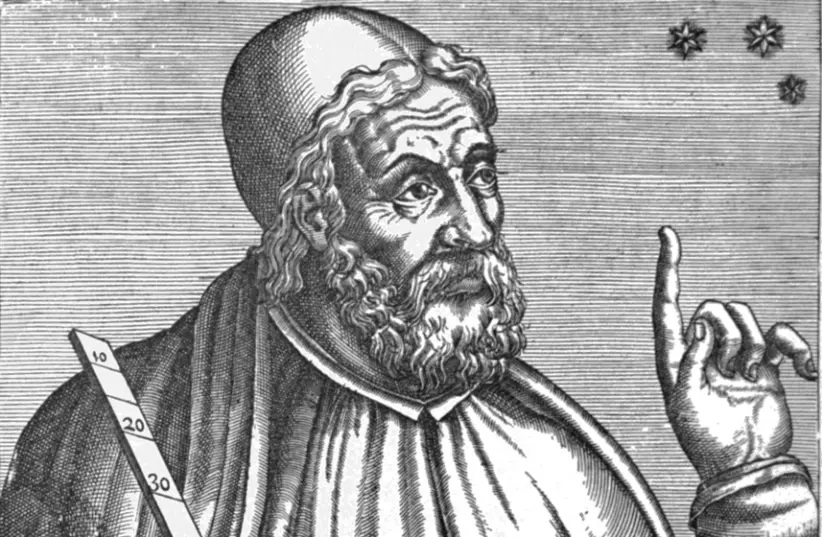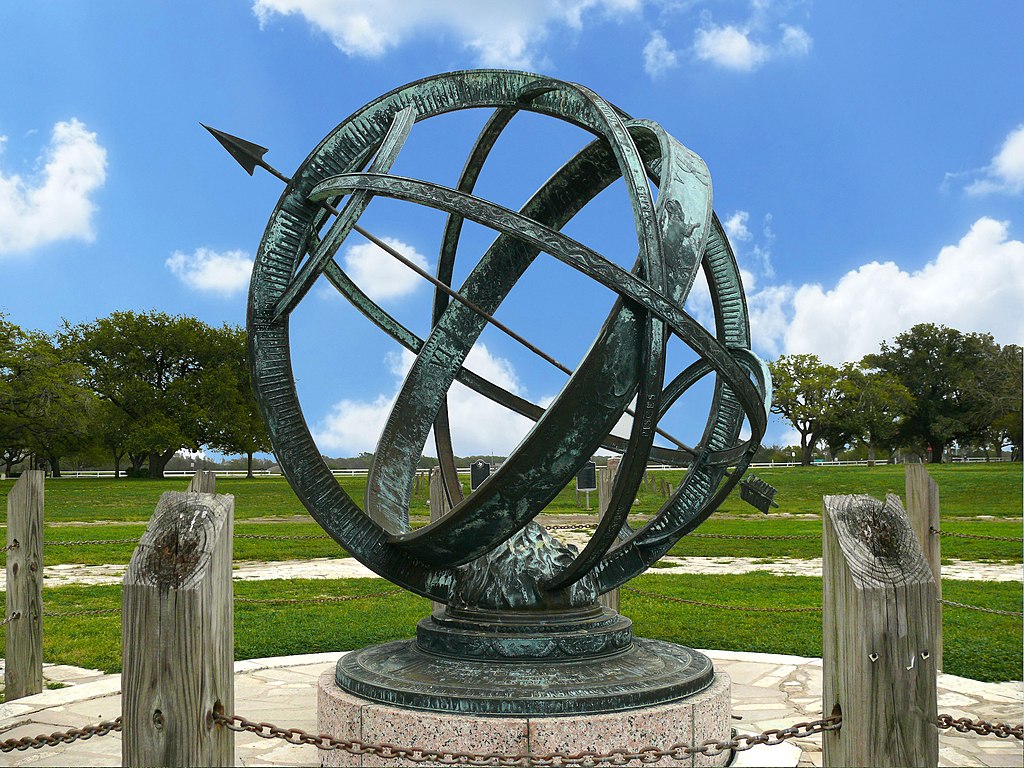
Researchers have recently managed to decipher the manuscript of the ancient Greek mathematician and astronomer Ptolemy 200 years after its discovery.
The manuscript is thought to have been written during the first century AD and was discovered by a Roman Catholic cardinal Angelo Mai in 1819.
The findings were published in the peer-reviewed academic journal Archive for History of Exact Sciences.
Ptolemy’s manuscript on an instrument called Meteoroscope
The effort to decipher this ancient Ptolemy manuscript was the culmination of over 200 years of work from numerous different researchers.
This was because someone literally wrote on top of it. In addition, as the Jerusalem Post reports, someone tried to “clean” the parchment to make Ptolemy’s original writing clearer by applying a reagent to several pages. This not only didn’t make the original writing clearer, but it ended up covering the parchment with dark brown stains that made reading it even more difficult.
Finally, after 200 years, modern methods deciphered the manuscript which contains information regarding a scientific instrument known as a Meteoroscope.
This was a tool used by astronomers in antiquity to study stars and distances. In particular, Ptolemey’s Meteoroscope could be used for a number of applications. These included telling time by predicting the equinox or solstice and ascertaining one’s latitude and the location of a planet.

What hadn’t survived was detailed information about what the Meteoroscope looked like and how it worked, other than the fact that it involved nine rings. However, that mystery might finally be solved.
According to the translated text, the Meteoroscope’s nine rings had the following names and functions:
- Ring bearing a suspension or “bearer”: A fixed ring that was seemingly used to hang it from something
- Hektemoros or “six-parter”: A ring fixed perpendicular to the bearer, intersecting it twice and equal in size
- “Horizon”: This ring is fixed at the cardinal points to the bearer and the six-parter
- “Meridian”: this is located inside the bearer and kept in place by flanges, but its orientation can be adjusted according to latitude
- “Revolver: This is inside the meridian ring and pivots on the points representing celestial poles.
- “Zodiac”: Equal in size to the revolver, it’s fixed to it at right angles at specific points.
- “Astrolabe“: Located inside the revolver and zodiac rings, it pivots on the points representing ecliptic poles.
- “Upright”: Located inside the astrolabe and pivoting on the points of the revolver representing celestial poles. It can represent any arbitrary meridian.
- “All-tilter”: Located inside the upright and pivoting on the points representing where the abritrary meridian intersects with the equator, it can represent any horizon and set in any plane.
Essentially, the completed Meteoroscope would look like a large series of rings located inside each other, tilting around as needed.
The tool’s construction and usage were detailed in the manuscript, which seems to imply that the treatise was meant to help practitioners use it and to help teachers demonstrate how some conclusions are reached.
Ptolemy propounded the geocentric theory
Ptolemy, was one of the most influential Greek astronomers and geographers of his time. He propounded the geocentric theory in a form that prevailed for 1400 years. His work has generated more discussion and argument than any other.
Born in Roman-era Alexandria in Egypt, Ptolemy wrote about a dozen scientific treatises, three of which were of importance to later Byzantine, Islamic, and Western European science.
The first is the astronomical treatise now known as the Almagest, although it was originally entitled the Mathēmatikē Syntaxis or Mathematical Treatise, and later known as The Greatest Treatise.
The second is Geography, which is a thorough discussion on maps and the geographic knowledge of the Greco-Roman world.
The third is the astrological treatise in which he attempted to adapt horoscopic astrology to the Aristotelian natural philosophy of his day.



